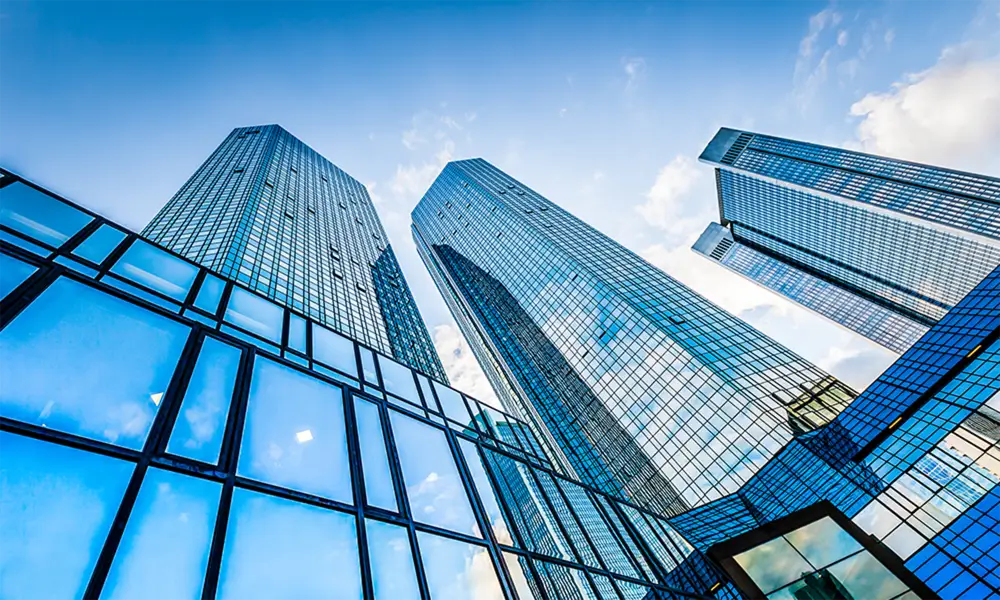

Understanding Double Silver Low-E Glass Benefits and Applications
In the realm of modern architecture and energy-efficient building designs, one material has become increasingly significant double silver low-emissivity (Low-E) glass. This innovative glazing technology not only enhances the aesthetic appeal of buildings but also contributes substantially to energy conservation, making it a preferred choice in contemporary construction projects.
What is Double Silver Low-E Glass?
Double silver low-E glass is a type of insulated glazing that incorporates a special coating containing silver. This coating is applied to the glass surface during the manufacturing process. The term double silver refers to the presence of two layers of silver within the Low-E coating, which significantly boosts the glass's ability to reflect heat while allowing natural light to enter. This contrasts with traditional glass, which typically allows a large amount of solar heat to enter buildings, leading to increased energy costs and discomfort during hot weather.
Energy Efficiency and Benefits
One of the primary advantages of double silver low-E glass is its exceptional energy efficiency. The silver coating acts as a barrier to radiant heat, reflecting the sun's rays away from the building in the summer while retaining interior heat during the winter months. This dual function drastically reduces the reliance on heating and cooling systems, ultimately leading to lower energy bills and a smaller carbon footprint.

Moreover, double silver low-E glass significantly improves indoor comfort. By minimizing temperature fluctuations, it helps maintain a consistent indoor environment, enhancing the comfort of inhabitants. With this technology, glare from sunlight is also reduced, allowing occupants to enjoy natural light without the negative aspects of intense glare.
Applications in Modern Architecture
The versatility of double silver low-E glass makes it suitable for a wide array of applications. It is commonly used in residential buildings, commercial properties, and high-rise structures, where large expanses of glass are often utilized for aesthetic purposes. This type of glass can also be found in window systems, curtain walls, and skylights, contributing to both energy efficiency and design aesthetics.
In addition to its practical benefits, double silver low-E glass has become a key component in green building certifications. Many modern architects and builders aim for environmentally sustainable projects, and the integration of energy-efficient glazing systems is essential for achieving this goal. The use of double silver low-E glass not only helps meet energy performance standards but can also earn credits toward certifications like LEED (Leadership in Energy and Environmental Design).
Conclusion
In summary, double silver low-E glass is a remarkable advancement in glazing technology that epitomizes the principles of energy efficiency and sustainable design. Its ability to minimize energy consumption while allowing natural light to permeate spaces presents a compelling argument for its widespread use in various building types. As the construction industry continues to evolve towards more sustainable practices, double silver low-E glass stands out as a vital material that contributes to energy conservation, occupant comfort, and architectural aesthetics. Embracing this technology is a step towards a greener future, where comfort and efficiency go hand in hand.